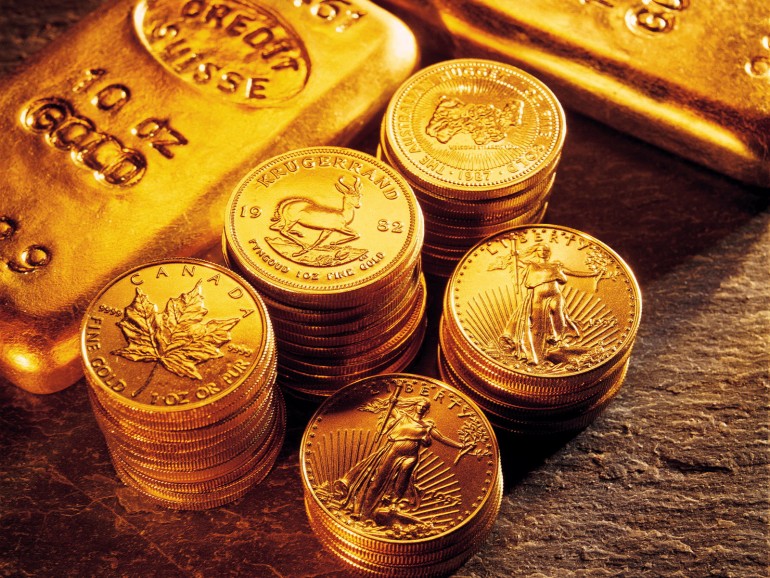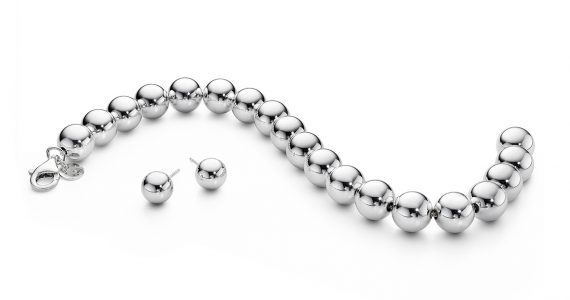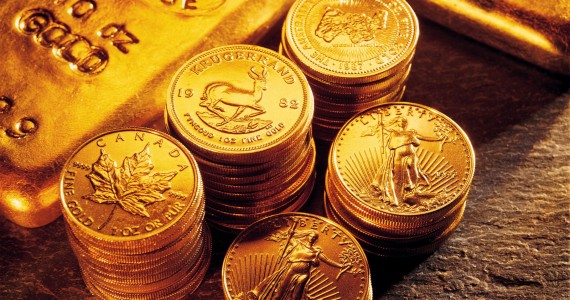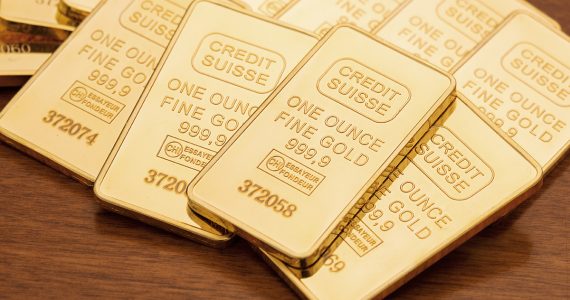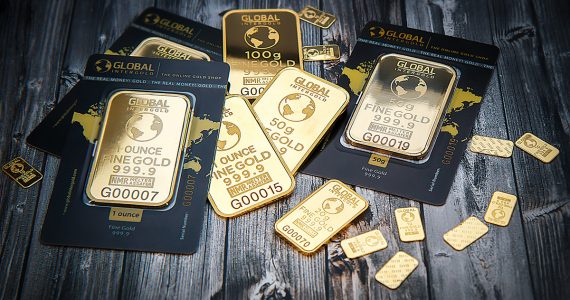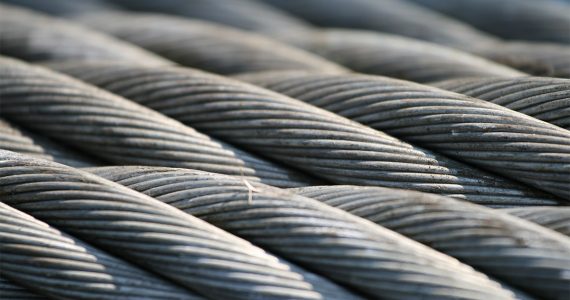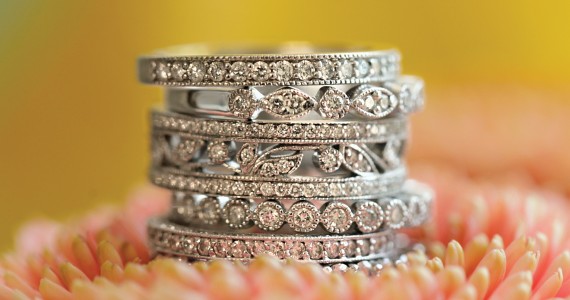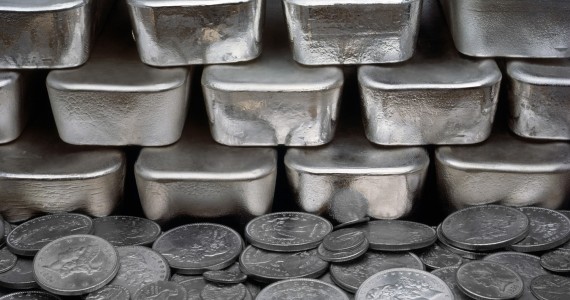Gold, silver and platinum are the main precious metals used in jewelry for valid reasons. Gold has been a symbol of wealth, power and prestige since ancient times. Silver has a matte luster that appeal to people with a preference for understated elegance. Platinum may often be mistaken for silver but it’s more valuable than gold and silver because of its rarity.
But beyond their uses in jewelry, these three precious metals are considered as the big three of metal investments, a view shared by successful investors. Let’s just say that a well-rounded investments portfolio should have the right balance between these three metals, as well as your choice in other metals like copper, zinc and nickel.
The Glitter of Gold
Gold is considered the grandfather of all metals and even the most naïve of metal investors will know why. This is a precious metal known for its extreme durability, thanks to the fact that it neither rusts nor corrodes, as well as for its outstanding conductive quality for heath and electricity. While the yellowish metal has several industrial applications, such as in consumer electronics and dentistry, it’s more widely used as a currency and in jewelry.
The value of gold is largely a matter of sentiment in the sense that its market prices are more affected by the perception of its market players and less by the supply and demand equation. The reason is simple: The supply of “new gold” mined from underground is significantly overweighed by the inventory of “old gold” (i.e., hoarded gold) already present in the hands of people.
In general, when gold hoarders want to sell, the gold prices will likely drop. But when they want to buy, the gold prices will significantly increase because the new supply from the mines is quickly absorbed into their cache.
This doesn’t mean, however, that you should only rely on the market sentiment when it comes to buying, selling and holding on to your gold investments. You have to monitor the supply and demand, too, as it’s affected by mining activities, government regulations, and corporate actions like mergers, acquisitions, and sales.
While hoarding metal may sound like a selfish desire, there are actually several good reasons for doing so. Think about gold hoarding as investors seeking to protect themselves from the volatility of the metals market.
The reasons for the desire to hoard metals include:
- Concerns about the stability of the political, social and economic systems since gold is considered as a safe and effective store of value
- Concerns about the negative real rates of return in the bond, equity and real estate markets because gold usually maintains its value over time
- Concerns about war since gold can be used for trading in important things like food, shelter and even safe passage to better places
The glitter of gold isn’t just about its attractive appearance. It’s also about the intrinsic value that comes with gold in modern society.
The Siren Call of Silver
In contrast with the value of gold, the value of silver is largely affected by its commercial and industrial applications. While it’s also used in jewelry, art objects, and as a store of value, majority of the silver mined is used in a wide range of uses including superconductors, microcircuits, and consume electronics. The whitish metal is also used in electrical connections, bearings, and medical products, thus, emphasizing the point that we are reliant on silver more than we know.
Silver prices typically swing between the metal’s tangible roles as an industrial workhorse and its perceived value as a store of value. Savvy investors know the effective and efficient ways to get maximum profits from these price swings, even in a volatile market. Newbie investors, on the other hand, should be cautious about their moves because the price fluctuations in the silver market can be extreme, sudden and volatile in comparison with the gold market.
The supply and demand equation of silver is affected by several factors, too. These include new innovations that increase and decrease the demand for silver, such as the emergence of digital cameras that made silver-based photo films obsolete and the increased demand for consumer electronics in Asia.
The Passion for Platinum
When it comes to price, platinum fetches higher prices than gold and silver because it’s so much rarer than the other two – the platinum mined each year is significantly than those mined for gold and silver. This is especially true when the markets are stable (i.e., political, social and economic stability).
Aside from its rarity, there are also several factors that affects its market prices. Platinum is also an industrial metal due to its wide use in the automotive industry, which accounts for majority of its consumption, as well as in the jewelry, chemical refining, and petroleum industries.
New government regulations regarding clean air – platinum is used in catalytic converters – will also affect its demand and, thus, its prices. New mines discovered in other countries – for now, South Africa and Russia are the only major platinum producers – will also affect supply.
Conclusion
Fill up your treasure chest of gold, silver and platinum investments ASAP! You have several choices including commodity ETFs, common and premium stocks, mutual funds, and futures, as well as certificates and bullions.

